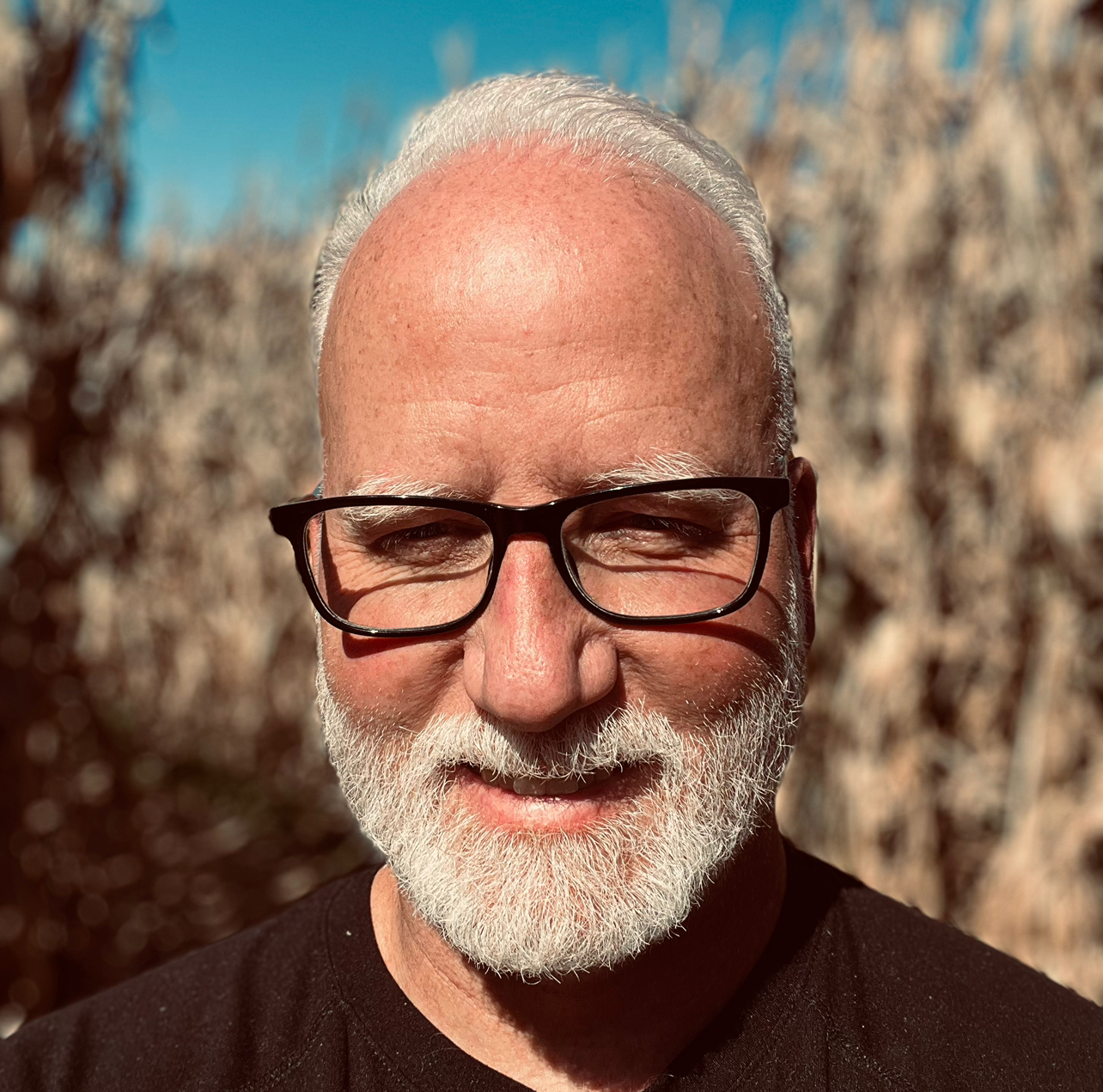- Register
- ☰
×
Don Shomette
540-577-7200
don@donshomette.com
Safe & Loved
Coaching/Consulting
Trainings
Free Resources

I’m sure you’ve heard this rule before:
Never ask a closed-ended question (yes or no) because it shuts down the conversation. Always ask open-ended questions to build rapport and get students talking.
Most of the time, that’s good advice. Except when you’re doing a student threat assessment. In that case, you need both.
Most student safety assessment models overly favor open-ended questions in the name of relationship-building, but in threat assessments, there are moments when you need data, not dialogue.
In fact, sometimes you don’t want the student to keep talking.
You don’t want a story, a justification, or a stream of thoughts—not yet.
You want a fact.
“Do you have a weapon at home?”
That’s a closed-ended question.
And it’s not unkind, or cold, or counterproductive. It’s necessary.
If the student replies, “No,” you’ve secured a baseline fact.
But you don’t stop there.
That’s the moment you transition into a conversation to understand thinking, intent, determination, imagination, and possibility.
“If you wanted a gun, where would you get one?”
This is where open-ended questions shine.
They allow you to see how deeply the student has thought through their options.
They expose planning, fantasy, risk level, and perspective even when the first answer was “No.”
So the real issue is not whether a question is closed or open.
The real issue is timing.
Use the wrong question at the wrong time and you may miss something critical.
But used together, in the right sequence, they give you a more complete picture.
That’s not shutting down the conversation.
It’s strengthening your ability to assess, respond to, and prevent the threat.
And for the record, I never automatically believe anything a student tells me. They may be telling the truth. You don’t know. Anyone can be fooled by anyone. That’s why you must be cautious and verify every statement if possible.
I take what they say and confirm it. If it’s the truth then trust goes up.
If I discover a lie, especially about something serious like a weapon, then trust drops significantly.
My motto is always “stay open but be skeptical.”
Four Key Guidelines
1. Facts First, Counseling Second.
You are conducting a threat assessment and not a counseling session.
Counseling is necessary and it will come.
But your immediate job and what everyone is counting on you to do, is to uncover facts and determine risk so the right life-saving steps can be taken.
Facts first and counseling second.
2. Start With Clarity.
Be direct and ask closed-ended questions to confirm baseline.
• Are you going to attack the school?
• Are you going to shoot up the school?
• Do you want to hurt anyone?
• Have you told anyone about this?
• Are you safe from hurting yourself?
• Should I be afraid of you?
• Should I believe you?
• Are you telling me the truth?
• Have you lied to me about anything?
These are powerful openers, not closers and they help you establish facts.
3. Expand for Insight.
Use open-ended questions to gain insights, understanding, thought process, emotional state, morality, and potential intent.
• What would make it okay for a person to attack a school?
• What would make it okay to bring a gun or any weapon to school?
• How would you hurt someone if you wanted to?
• What would you do if someone made you really angry?
• What do you think should happen to people who hurt others?
• How does your mother feel about this?
• What does your grandfather think about it?
• Why should I not be afraid of you?
• I want to believe you. Tell me why should I believe you?
4. Use Both Together.
By using open and closed ended questions together, you create a system of checks and balances in the conversation. This dual approach makes it harder for a student to lie, manipulate, or withhold when they don’t know what type of question is coming next.
Closed-ended questions pin down specific facts. Open-ended questions give your insight and understanding about the student. Used together, they expose inconsistencies, contradictions, and gaps in the story.
When you’re doing a student threat assessment your goal is protection.
Start with facts.
Then open the door for conversation.
Use both to gain awareness of the student and the situation.
This way your decision making process will be better.
This isn’t counseling. It’s a risk assessment.
Assume nothing. Verify everything.
Because the cost of being wrong is too high.

Join the Safe & Loved Community and get more tips